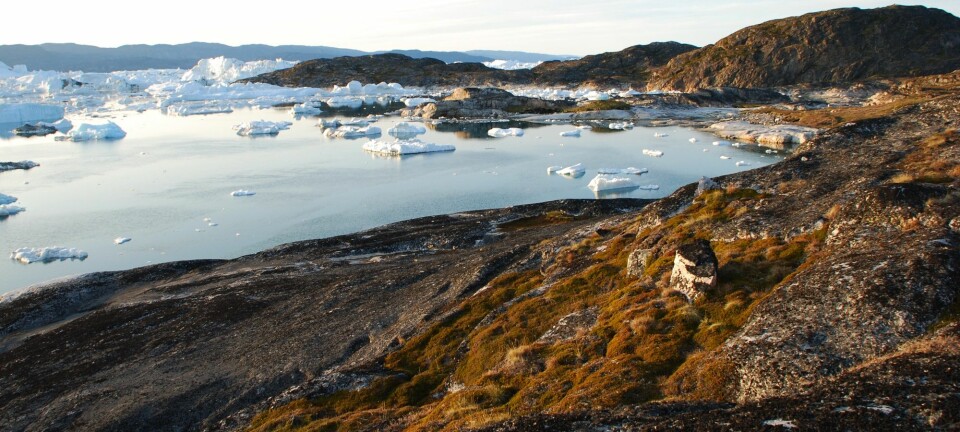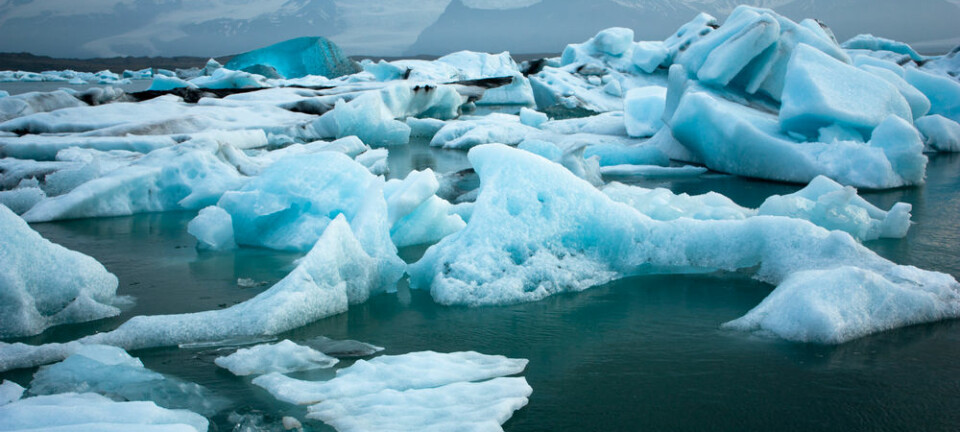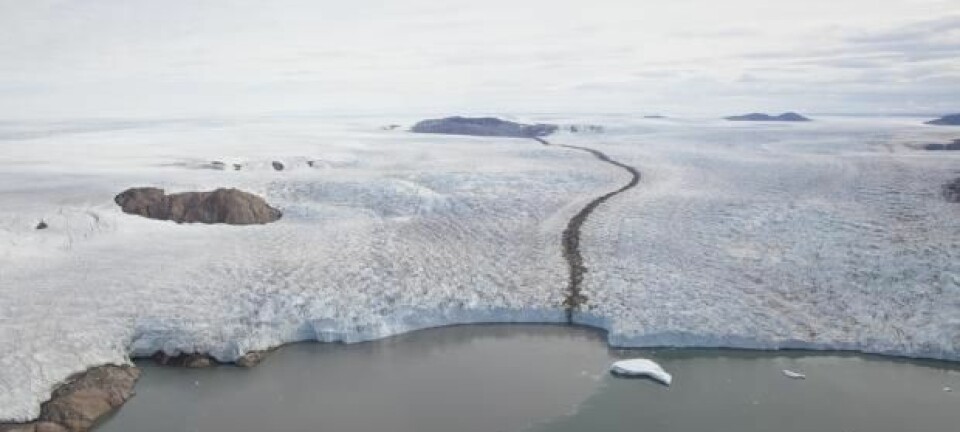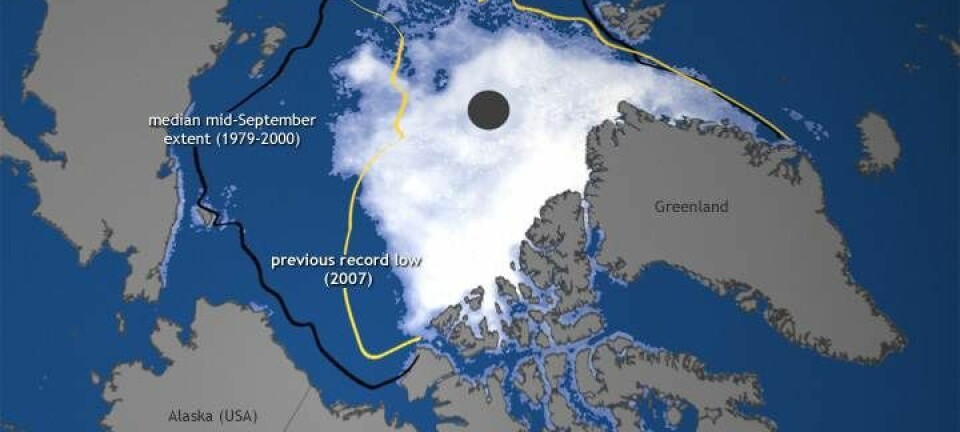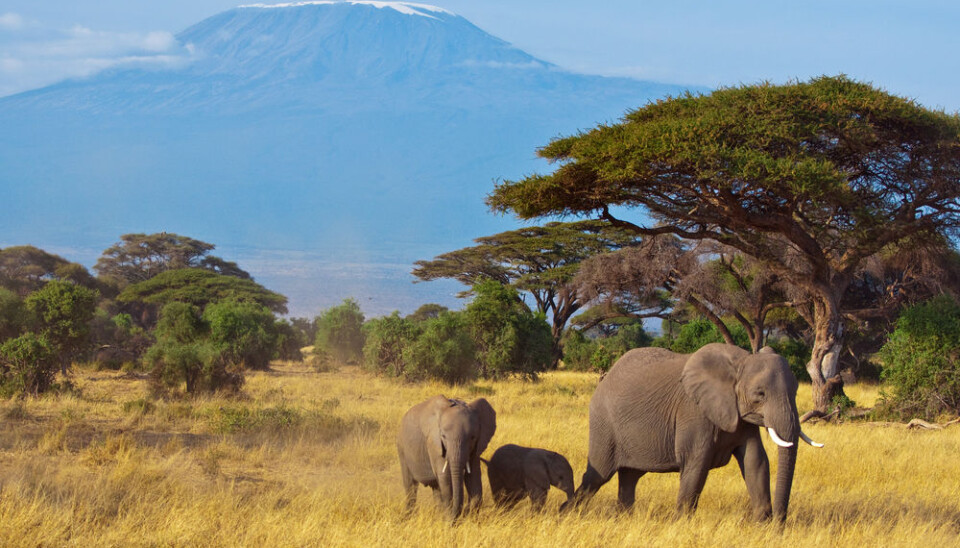
Savannahs have a surprisingly high impact on the climate
Fluctuations in the annual increase in the atmosphere's content of CO2 affected by savannahs and other semi-arid areas around the globe.
Savannahs play a previously unknown major role in global climate change.
This is because the savannahs' absorption of atmospheric CO2 is highly dependent on the weather from one year to another. In some years the savannahs absorb a lot of CO2 from the atmosphere and in other only a little.
The effect is so substantial that the savannahs account for most of the observable fluctuations in the increase of CO2 in the atmosphere.
What is more, the savannahs' contribution to the absorption of atmospheric CO2 will also change as the climate changes. That is the conclusion of a major international study recently published in Science.
"Ecosystems on land are the uncharted factor when it comes to the global carbon balance. It's interesting that the reason why we find such visible variations in the absorption of carbon from these ecosystems from year to year has now been revealed. This gives us a better understanding of how the climate will develop in the future," says Assistant Professor Guy Schurgers of the Department of Geosciences and Natural Resources at the University of Copenhagen.
Colleague: "Very interesting"
Professor Jørgen E. Olesen, a climate scientist at Aarhus University and a former member of the UN's climate panel, has read the new study and is enthusiastic about the results.
According to him, it is the first time scientists have divided atmospheric CO2 absorption into different ecosystems. This opens up for some new possibilities when it comes to understanding what the CO2 account will look like in the future.
"It's very interesting indeed. At the end of the day, the globe's CO2 balance is not so much about how much CO2 is emitted as about how much is absorbed, among other things by ecosystems on land," says Olesen.
"For this reason we have to understand how CO2 is absorbed by the various ecosystems and whether we can expect the ecosystems to keep on absorbing the volumes of CO2 they do today. This might well change over the next 30-40 years, and in this respect the study helps us by providing a framework around what we need to understand more about and where we should look," he says.
Plants deal with a quarter of human CO2
We humans emit ten gigaton of CO2 every year.
Half of this contributes to global warming while a quarter is absorbed by the oceans.
The remaining quarter is absorbed by ecosystems on land, where forests in particular are responsible for much of the amount absorbed.
Despite the fact that human emissions of CO2 are reasonably stable and the oceans' absorption of the gas remains constant, scientists have nevertheless observed major fluctuations in the net increase of atmospheric CO2.
These fluctuations had to come from a variation in absorption by ecosystems on land.
Rain causes savannah to absorb CO2
In the new study, the scientists have identified the individual ecosystems' contribution to the overall absorption of CO2 and savannahs as the cause of major fluctuations in the global CO2 increase.
Savannahs are semi-arid areas with a lot of grass and only a few trees. They cover the semi-arid regions between tropical forests and desert, e.g. in Mexico, and account for some 20 per cent of the CO2 absorbed by ecosystems.
Also characteristic of these areas is that they are almost constantly short of water.
On the other hand, when it does rain, a huge potential comes into play for growth in these arid landscapes.
That is to say that wet years bring about substantial growth in plants, trees and grasses and a correspondingly substantial absorption of CO2 from the atmosphere to support that growth.
Conversely, dry years give low growth, causing absorption of atmospheric CO2 to lag behind.
"We know that when it comes to ecosystems on land, the forests absorb the most CO2. But the fact that the savannahs account for the greater part of the variation in CO2 absorption is entirely new knowledge," says Schurgers.
According to Olesen, this perspective is extremely interesting and one worthy of closer examination.
"It's essential to know what goes on in these semi-arid regions. The study indicates that they play a significant role and that will lead to more studies that will study this further," he says.
-------------
Read the original story in Danish on Videnskab.dk
Translated by: Hugh Matthews
